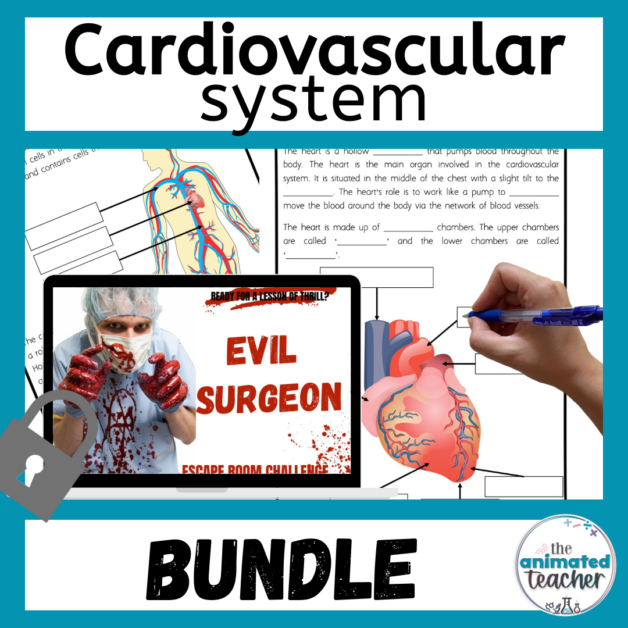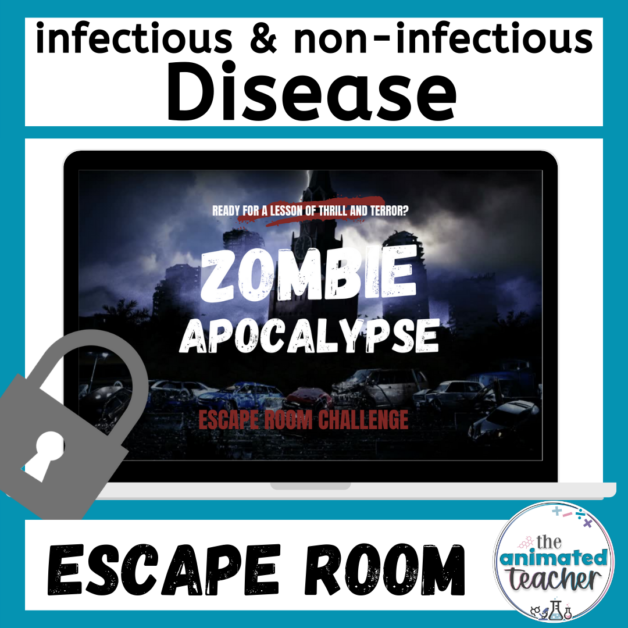
10 FREE Digital Resources for Middle School Science
10 FREE Digital Resources for Middle School Science
In today’s digital age, the integration of technology in education has become necessary. In this blog post, I’ve curated a list of 10 FREE digital resources for middle school science that have scientifically accurate information, amazing visual representation of difficult concepts, and an interactive nature.
Spring break guide for teachers

Digital resources for middle school science
1. PhET Interactive Simulations
PhET Interactive Simulations provides a vast collection of free, research-based interactive math and science simulations. Covering topics from physics to biology, these simulations allow students to explore and experiment with various scientific phenomena in a virtual environment.
2. Google Earth for Education
Google Earth for Education takes geography to a whole new level by providing a platform for virtual exploration of the world. Science teachers can use this tool to create custom tours, explore ecosystems, and even examine geological features from satellite imagery.
3. Biodigital Human
The Biodigital Human platform is a 3D interactive visualization tool that allows students to explore the human body in detail. This resource is invaluable for teaching anatomy, physiology, and health-related topics.
digital resources for middle school science
4. National Geographic Education
National Geographic Education offers a wealth of resources for science educators, including lesson plans, maps, videos, and interactive features. It’s an excellent source for incorporating real-world examples and exploration into your lessons.
5. NASA’s Eyes on the Solar System
NASA’s Eyes on the Solar System is a powerful visualization tool that allows users to explore the cosmos in real-time. Teachers can use this resource to take their students on virtual tours of the solar system and beyond.
6. Edpuzzle
Edpuzzle is an innovative platform that allows teachers to turn any video into an interactive lesson. You can add questions, quizzes, and comments to videos, ensuring that students are actively engaged with the content.
7. Quizlet
Quizlet is a versatile learning platform that offers tools for creating flashcards, quizzes, and interactive games. Science teachers can use Quizlet to reinforce vocabulary, concepts, and processes in an engaging and effective manner.
digital resources for middle school science
-
Methods of Heat Transfer Escape Room – Digital
$8.00 -
Changes in States of Matter Escape Room Activity
$8.00 -
Digital Lab Equipment Escape Room Middle School Science
$8.00 -
Scientific Method Digital Escape Room Science Middle School
$8.00 -
Disease Escape Room Infectious and Non-infectious
$8.00 -
Fun Valentines Day Science Activity Escape Room
$8.00
8. Virtual science teachers
Virtual science teachers provides a whole range of free simulations and lessons suitable for middle school science.
9. The Royal Society
The Royal Society has a selection of online science games aimed at middle school science. These add some variety and fun into science lessons while still engaging students in the content.
10. Wolfram
Wolfram has a range of free virtual labs for high school physics, chemistry and biology.
You may also like my blog post on 15 free virtual dissection labs.
digital resources for middle school science
Conclusion
Incorporating these digital resources for middle school science can breathe new life into your lessons and provide students with dynamic, interactive learning experiences.
digital resources for middle school science
About the Author

Spring break guide for teachers









































